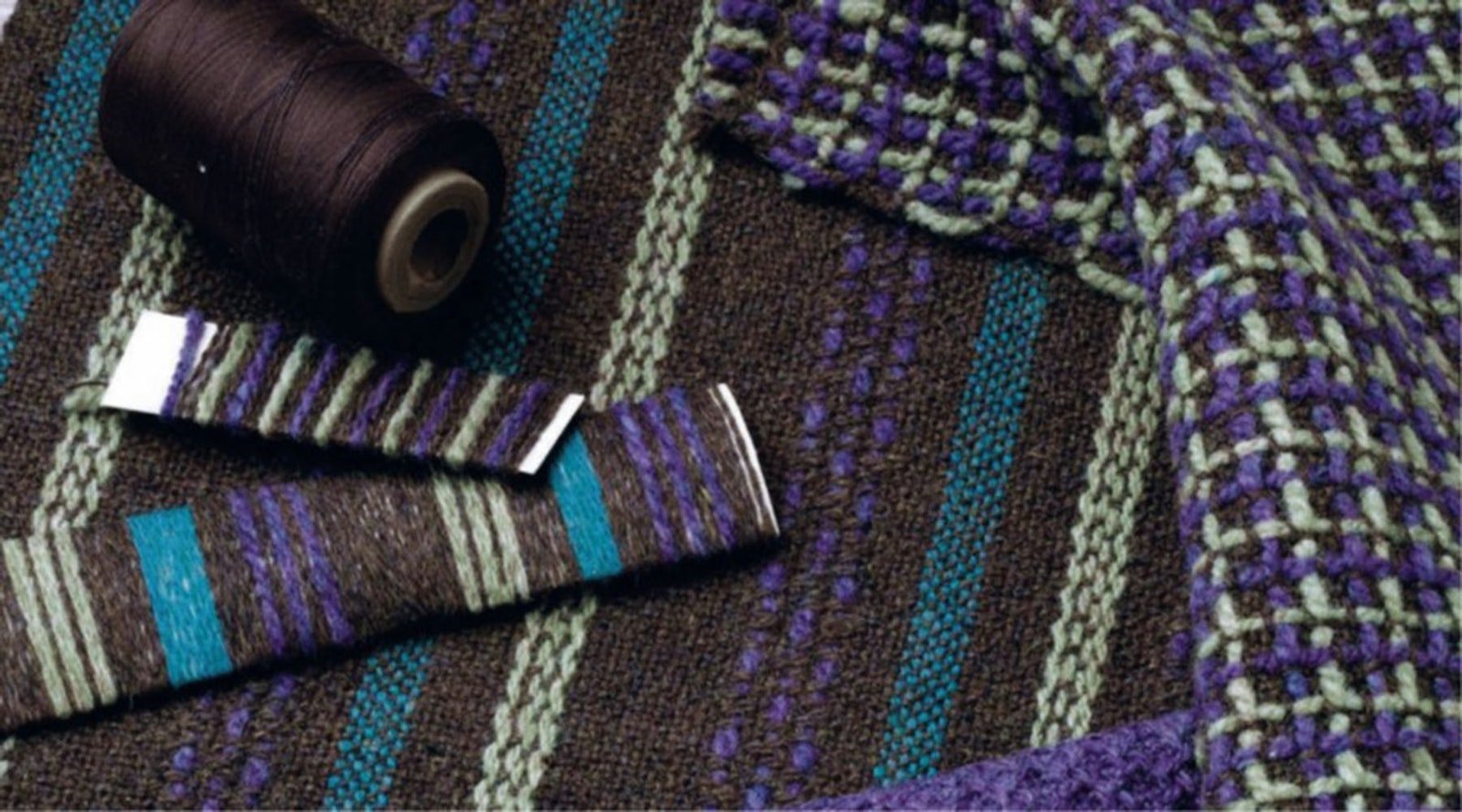
Recently, I’ve noticed a bit of a change in myself and how I view the world. When I go to a restaurant, store, or even to see a film with family and friends I especially notice the difference. While others at a restaurant discuss the menu and the food, I’m carefully examining the twill napkins or Indian silks on the wall, making mental notes in my head, and occasionally pointing out features to my less-than-interested companions.
At the movies, it’s even worse. After seeing the latest Sherlock Holmes film, I think I was more enamored with the tweed jackets than the actual plot. I haven’t quite gotten to the point where I touch stranger’s clothing without asking permission first, but I know it’s only a matter of time. I am slowly developing a weaver’s view of the world. I know I’m not alone in this, I hear similar stories from other weavers who also see the world in terms of color and texture.
For this reason, every new issue of Handwoven I work on is an adventure. One by one, the projects arrive at the office, and every time I unwrap one it feels like Christmas morning. The latest issue of Handwoven was especially exciting as the winning projects for the garment challenge began to arrive. Not only did I have texture and color to "ooh" and "aah" over, there was also the clever construction of these items.
The garments were designed by weavers for weavers, and so they take our little idiosyncrasies into account. This is especially true with a wonderful apron woven and sewn by Elisabeth Hill that has buttons on the front for a dishtowel. This way you can use one while cooking, remove it before guests arrive, and replace it with a show-stopping handwoven one. It’s brilliant, and something that makes complete sense to weavers.
This is just one of many clever innovations in not only the September/October 2012 issue but also throughout Handwoven’s history. So many folks seem to think that, as weavers, we’re somehow stuck in the past. In reality, we constantly look for new ideas and inspiration to guide our weaving. Rarely are we stuck in the past. Instead we are constantly dreaming of the future and of projects yet to come.


